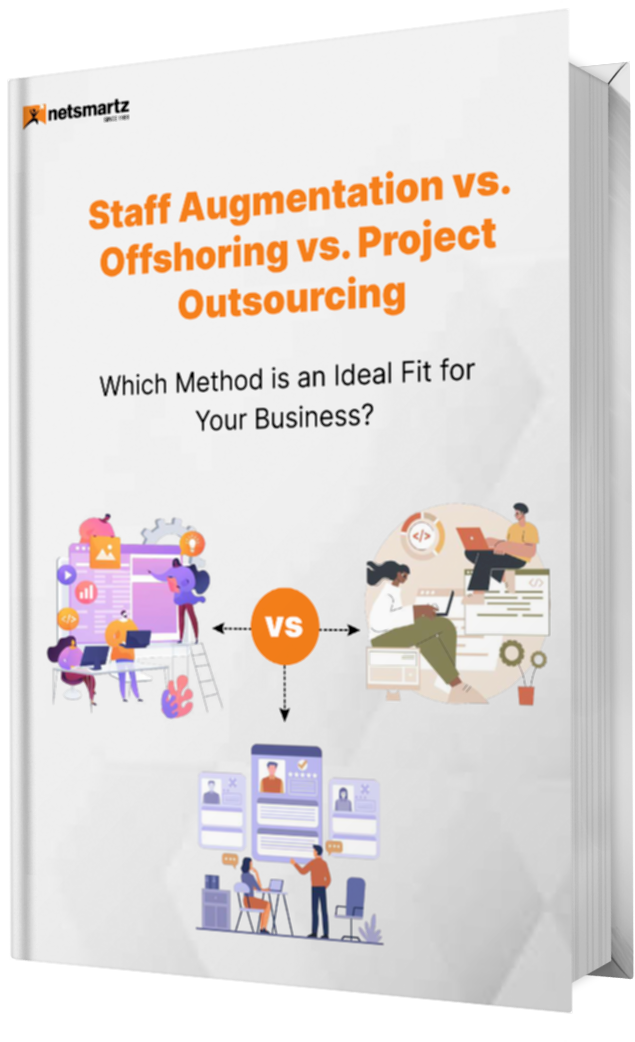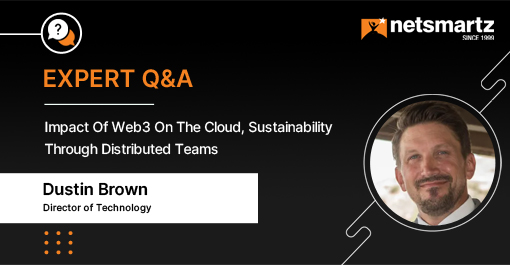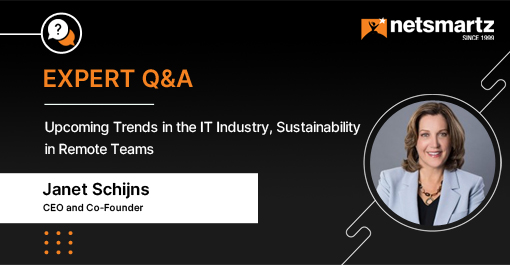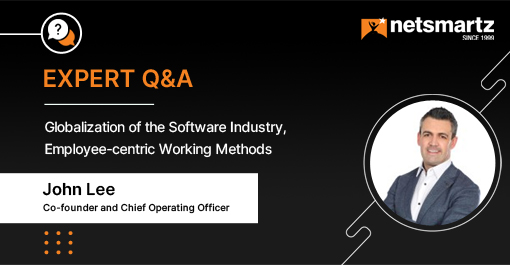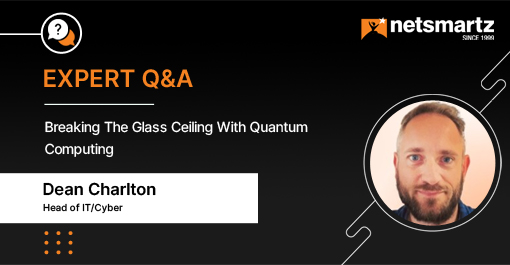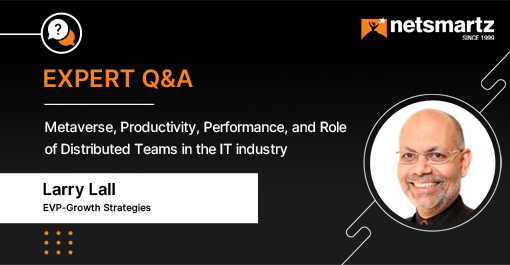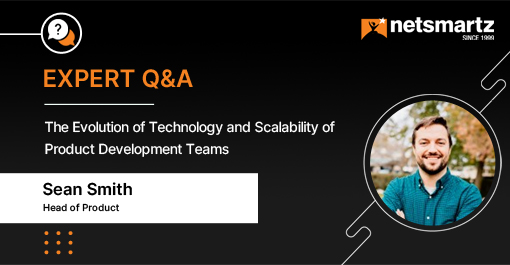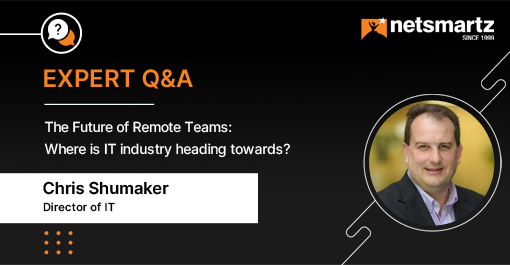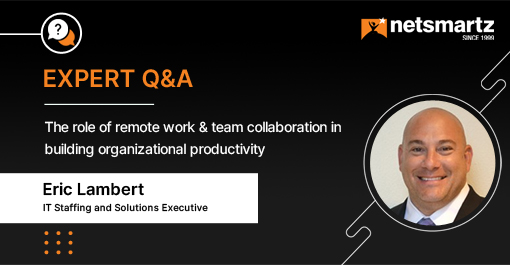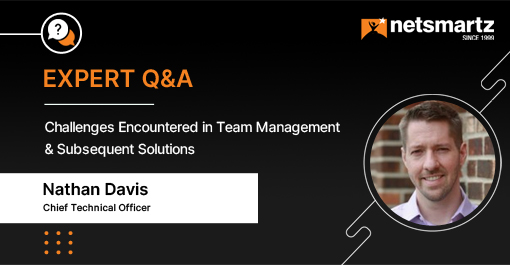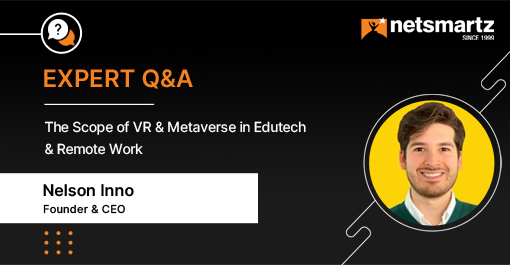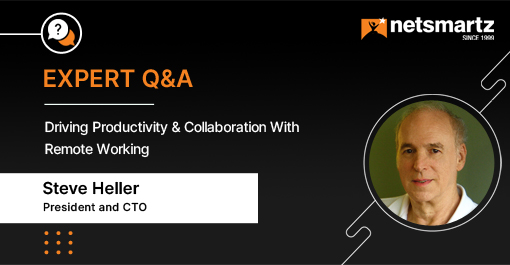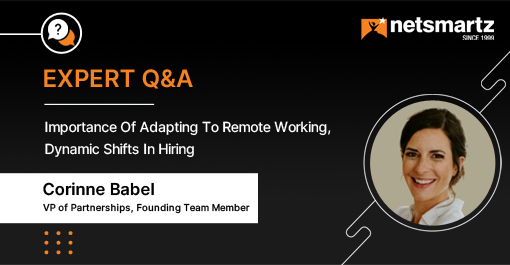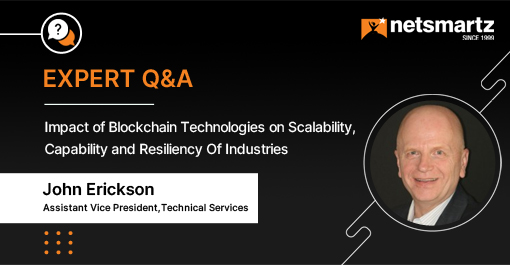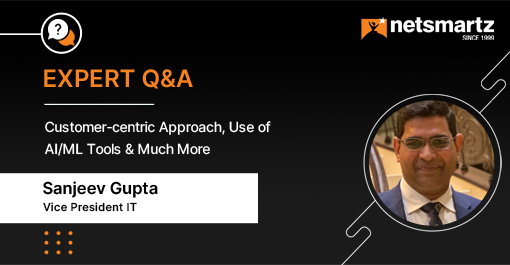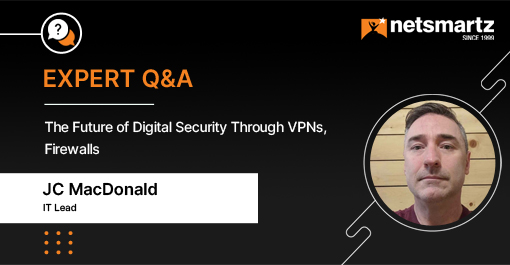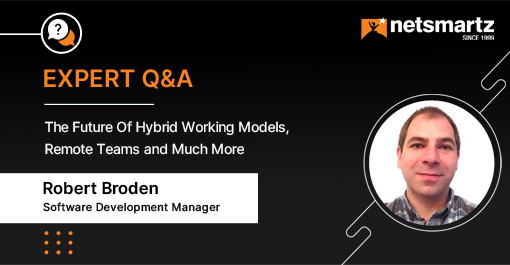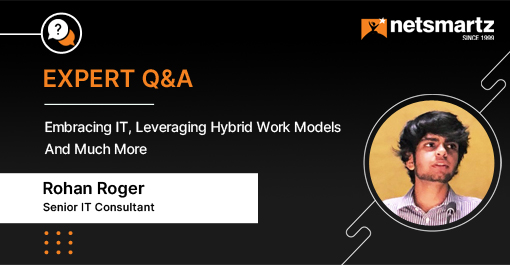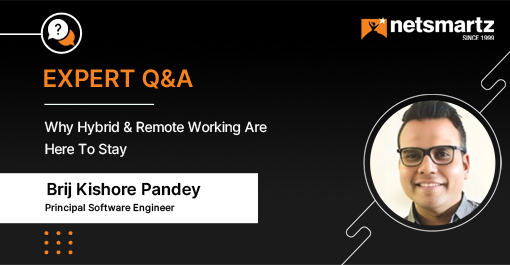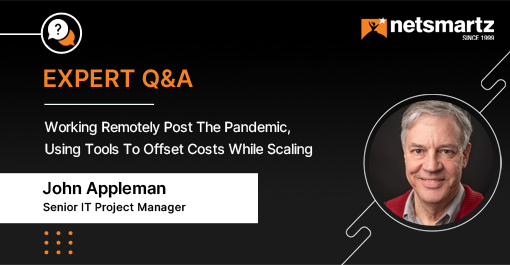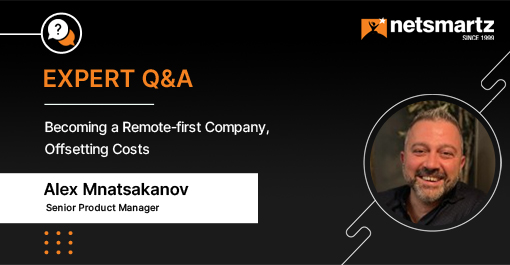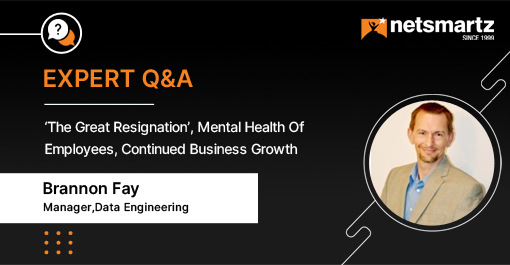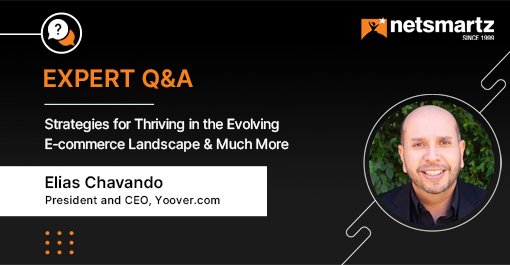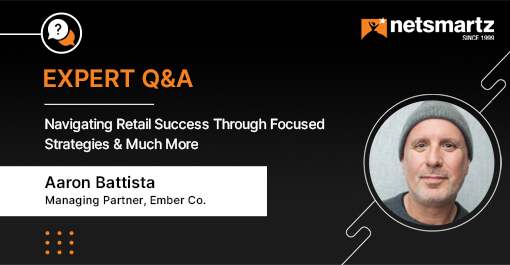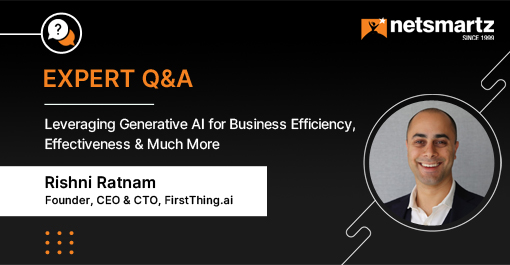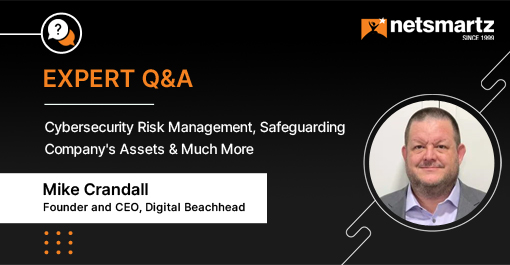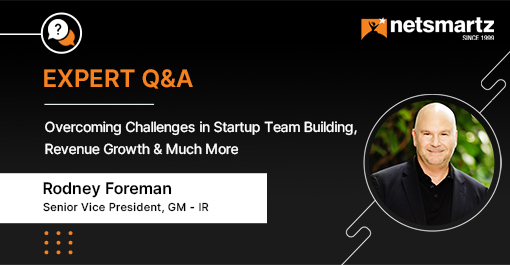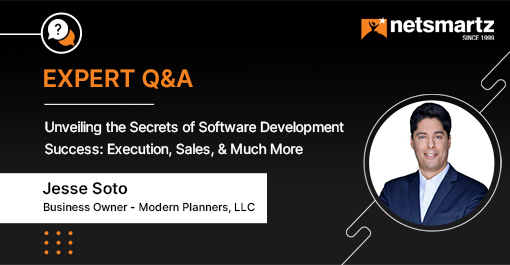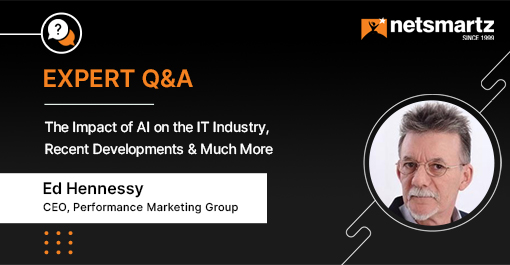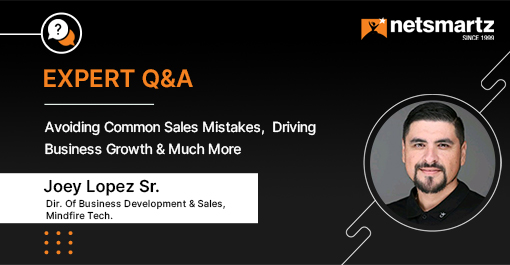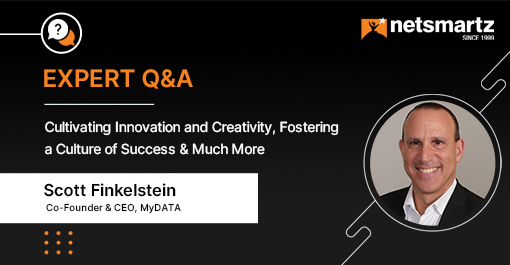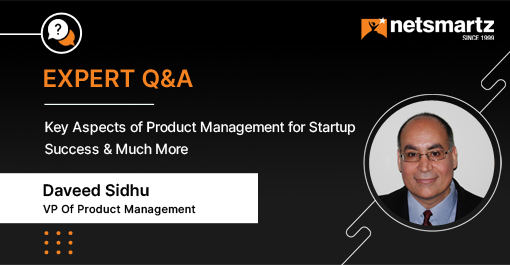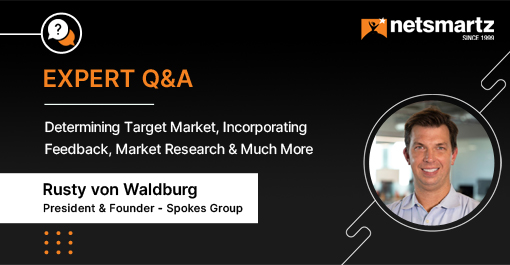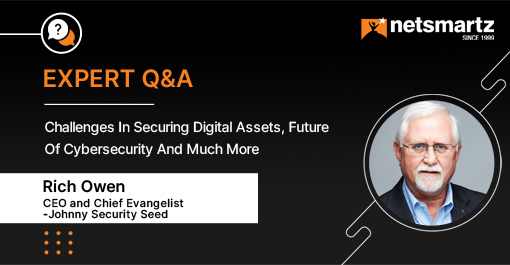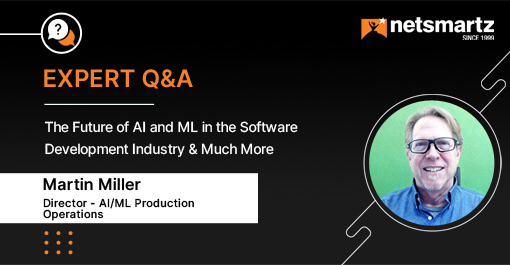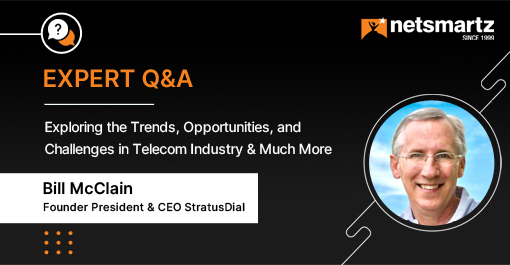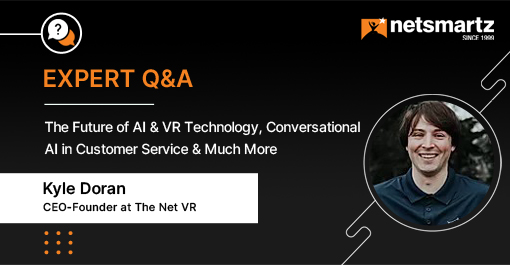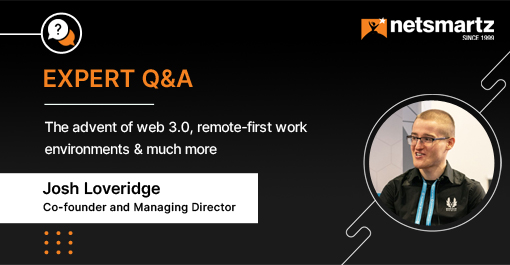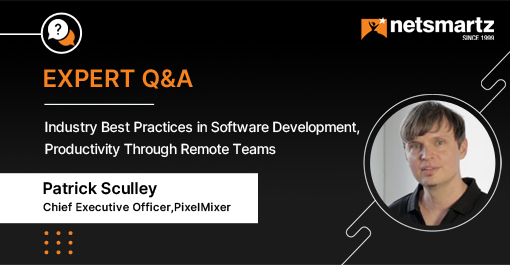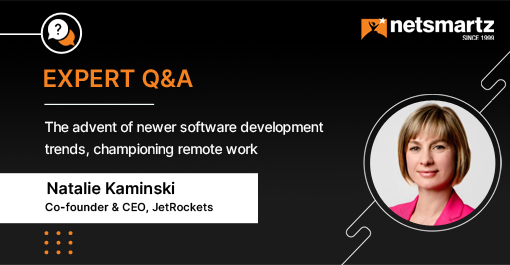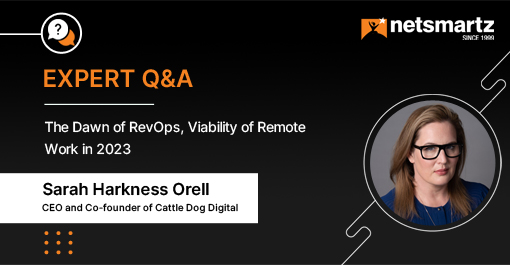Embracing IT, Leveraging Hybrid Work Models And Much More
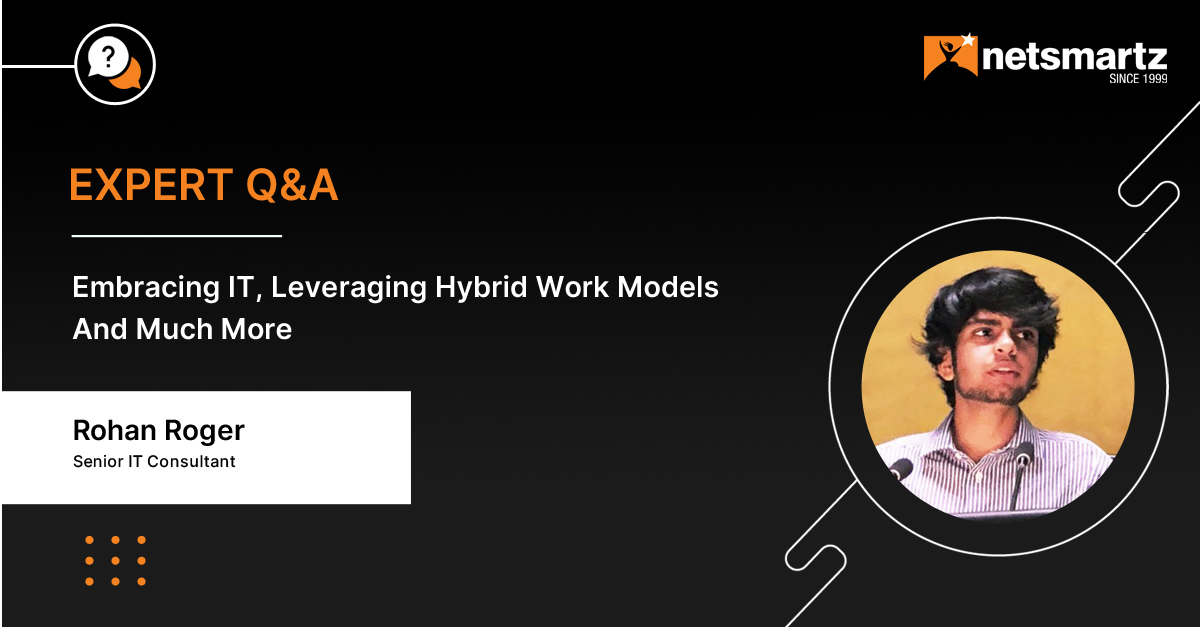
With new trends rolling out faster than ever, it seems unlikely that everything’s here to stay. To know what trends are here to drive business outputs and change the face of the software development industry, we reached out to Rohan Roger, a young and enthusiastic IT professional.
Want to contribute to our expert insights?
 About Rohan Roger
About Rohan Roger
Rohan Roger is a young professional in Boston, MA with consulting, technology c-suite, organizational strategy, and project management experience at boutique and enterprise-scale technology, cybersecurity, digital forensics, management, engineering, Big-4, and Fortune-100 firms. His experience exceeds his age and his expertise has been a great value add for every company he’s worked for.
1. What trends do you see coming up in the industry – unseemly or exciting – that might change the industry for good?
Adoption of the latest trends in Information Technology is catalyzing enterprises to the forefront of their industries with increased automation, machine learning and predictive analytics-driven decision making, and digital roadmaps centered around the customer and employee experience. Enterprise analytics are now being leveraged to drive even the simplest of decisions to increase growth, home in on key elements of strategy, and overlay layers of cyber defense. These investments are likely to stay: out with the rote, mundane, repetitive tasks.
For small businesses, embracing IT automation and technology-driven customer service can make an organization “primus inter pares”, distinct among peers. It has metabolized into a boom where organizations value their competitive advantage being driven largely by IT-based initiatives.
With the ‘great resignation’ and high rate of attrition, employees – in an employee-favorable job market – are turning to organizations with flexible work policies. In a myriad of surveys done at the start of the year, most employees opt for remote or hybrid work. As portfolio CIOs, we are rolling up our sleeves to keep organizations’ operations running seamlessly and security to keep up with these latest needs.
This ‘move’ towards IT has an unseeming consequence as well – the rise of bad actors that employ ransomware to cause business interruption. With a move to the cloud, organizations need to be increasingly conscious of ensuring their employees are following their Information Security Policies now than ever before, investing in Security Awareness Training, Dark Web Monitoring, and enterprise-grade multi-factor authentication solutions that include geofencing to the user’s expected location(s) of access.
Some organizations are also employing enterprise-grade firewalls to be deployed in their software engineers’ homes. Software Engineers typically have the ‘keys to the kingdom’ and the ability to gain administrative access to the production database. This precipitates the need to double down on cyber defense to keep client data and PII safe and secure.
I’m advising clients to exercise increased flexibility in engaging resources. In addition to the points above, I recommend looking to service providers to provide short- and long-term resourcing and services.
2. With the software industry right now, What change do you see sticking?
The ‘competitive advantage’ for an organization is always their employees, their greatest asset. This industry is one that, for the last decade, has steadily gravitated towards becoming more flexible than others and employing remote work, albeit not at the same rate forced by the pandemic. What we can predict – straight from the minutes of several corporation’s board meetings – is that hybrid work will continue to shape organizational strategy. The past two years have taught organizations that hybrid work is not only possible, but organizations can also thrive with higher productivity, lower capital expenses, and better geographic / time zone coverage.
It’s not just the format of work that’s turning hybrid, it’s the work too. Employees look to stay challenged with work that is fulfilling, and rotational shifts, additional layers of supervisory roles, and varied responsibilities are at the crux of creating a holistic experience.
These shifts have made hiring more inclusive and diverse. Before – whether anyone like to admit it – you needed a vicinity zip code and comparable education and industry experience to get screened by recruiters. Today, the powers that be have their minds broadened and recruiters are open to skipping academic and resume stereotypes. Anyone with the relevant expertise, an internet connection, and a camera (sometimes optional) is a candidate.
Another change here is in company culture. Primarily, fostering culture. As companies grapple with trying to promote retention and reduce attrition, they can no longer turn to office perks, cold brew on the drip, or pool tables. With globalization in mind and the turn towards lower-cost labor, the challenge – and solution – is to keep employees across the US and the globe motivated and attuned to organizational goals, growth, and strategy.
It’s a reorganization of capital – rather than invest in office space, firm leadership can now concentrate on helping develop their human capital with virtual events like ‘mixology experiences’ to personal development tracks with ‘learning and certification opportunities’ and wellness tracks promoting ‘sabbatical’ style vacations and take-at-your-pace company retreats.
3. Remote working expanded massively during the original pandemic. Companies responded rapidly to adjust to the need for remote connectivity, resources, webinar technologies, communications, and the associated costs.?
Surprisingly, in terms of stacks employed or languages that are ‘front liners’, it seems to be business as usual. What’s changed is the rate of adoption and application – businesses are racing to stay ahead of the curve and to integrate their various systems together to drive down overhead and improve their client experience.
For many back-end developers, it’s a return to the basics and all about ‘interfacing’ and ‘compatibility’. In today’s market, no one wants to build a system that is so proprietary that it is a herculean task to make it interface with other organizations’ platforms.
As their portfolio CIOs, we always advise clients the simpler, the better: python has always been an evergreen language and remains at the forefront. Many developers are looking to work in Ruby on Rails given how it makes web design more mutable and maintenance more cost-effective.
A key element driving executive decision making is sustainability: how much time does it takes to test, QA, and evolve. Python and the Rails framework are both excellent for quick development – web or application. When well written, the code is easy to understand, debug, is malleable and modular – pieces can be replicated and reused.
In this vein of scalability, a new cost-effective ‘serverless stack’ has emerged that allows users to manage data within a cloud platform effectively and scale efficiently and securely. Platforms like Google Cloud and AWS Lambda are leaders in this regard.
 Wrapping Up
Wrapping Up
Rohan’s insightful and elucidative answers gave us a glimpse into what we can expect from the industry and what not in the coming future. Hope you found this expert Q&A useful just as much as we did.
Are You An Influencer?
Make Your Mark as a Thought Leader
We invite industry influencers to participate in our Q&A panel, offering the audience valuable insight into cutting-edge technology trends, platforms, and more.





